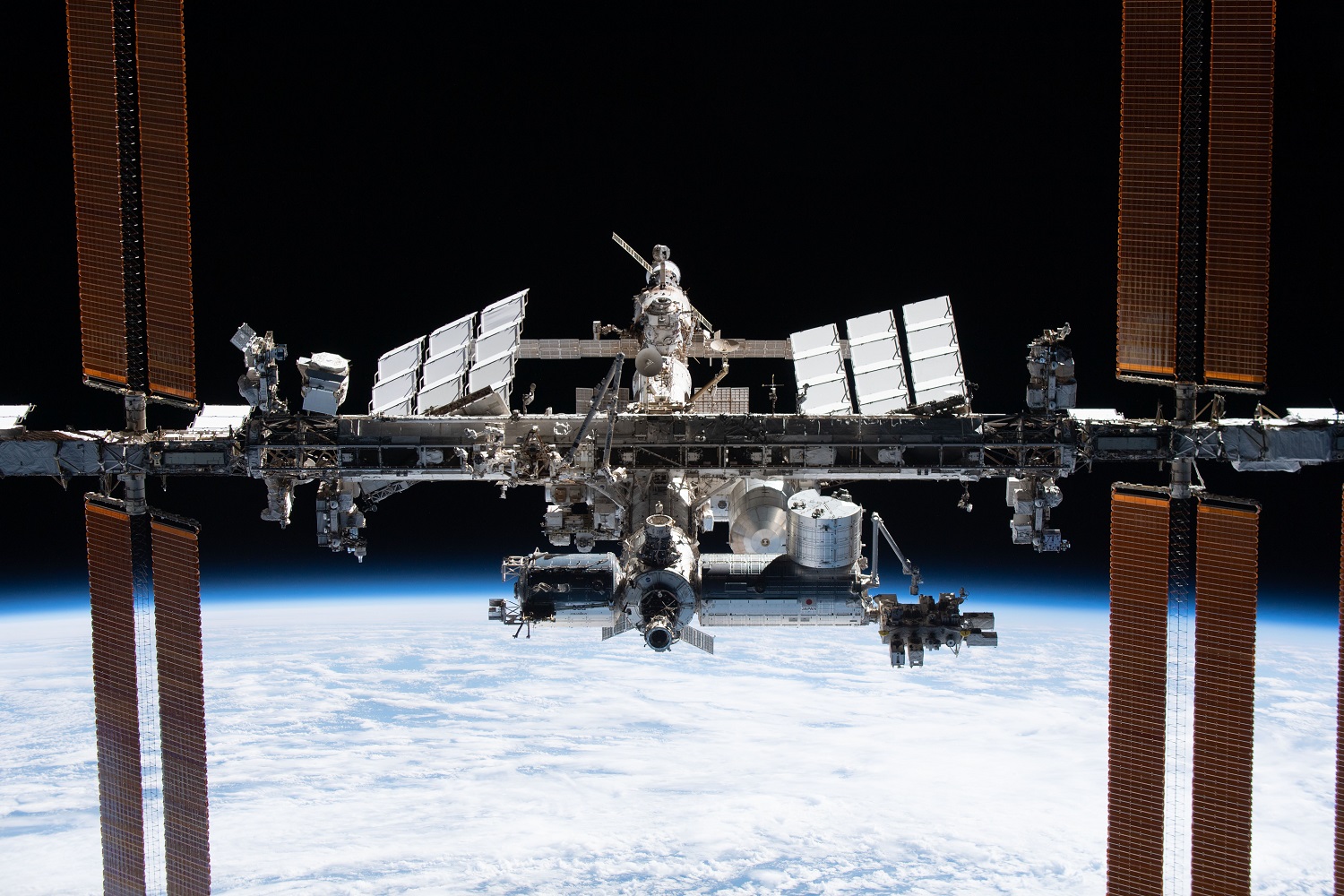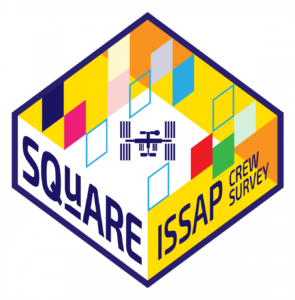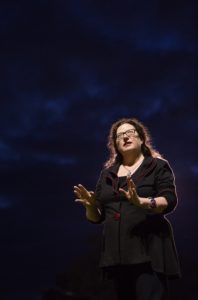
A world-first – or solar system-first – archaeological project has this week begun on the International Space Station.

Led by archaeologists Associate Professor Alice Gorman from Flinders University and Associate Professor Justin Walsh of Chapman University in California, the International Space Station Archaeological Project (ISSAP) is the first archaeological study of a space habitat.
“We’re the first to try to understand how humans relate to the items they live with in space,” says Associate Professor Walsh.
“By bringing archaeological perspectives to an active space domain, we’re the first to show how people adapt their behaviour to a completely new environment.”
The team’s first project, Sampling Quadrangle Assemblages Research Experiment, or SQuARE, has now launched, with an experiment that creatively imagines for space the most basic technique for sampling an archaeological site: the test pit.
While earth-bound archaeologists dig one-meter squares to understand a site and strategize further study, the ISSAP team will use adhesive tape to define one-meter areas of the International Space Station and then use daily photographs to study how the spaces are used.
“Instead of digging them to reveal new layers of soil representing different moments in the site’s history, we will have them photographed each day to identify how they’re being used and how they change over time,” explains Associate Professor Gorman.

Set up by NASA astronaut Kayla Barron on Friday afternoon GMT (the time zone of the ISS), the squares have been placed in a handful of locations representing work and leisure, including a galley table, workstation, EXPRESS racks and the wall across from the latrine.
As part of the experiment, the ISS crew themselves also chose an additional location for study, based on their assessment of what would be interesting to document, with the final square placed on one of the racks in the US laboratory module, Destiny.
The daily photography is now underway and will continue for 60 days.
The project has been funded by the Chapman University and implemented with the assistance of Axiom Space. You can read more about the launch of the project here: https://issarchaeology.org/space-archaeology-for-real/

